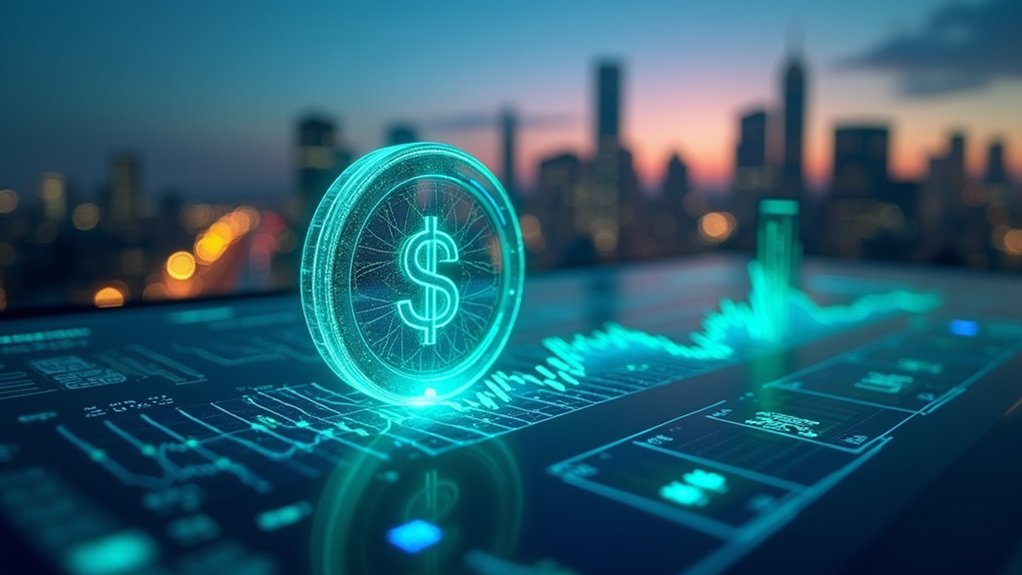Aerodrome’s governance mechanisms have emerged as a pivotal factor in mitigating the adverse effects of market volatility, thereby enhancing the platform’s resilience and adaptability. Its decentralized autonomous organization (DAO) structure, which empowers token holders through the veAERO voting system, facilitates an active participatory environment where stakeholders exert direct influence over critical parameters, including emission rates adjusted within a controlled annualized range of 0.52% to 52%. This governance framework not only fosters a sustainable growth trajectory by preventing the precipitous depletion of token emissions but also engenders a dynamic response capability, enabling the platform to navigate fluctuations in liquidity demand and price instability with calibrated precision. Moreover, the integration of governance participation with economic incentives—whereby veAERO holders can lock tokens to receive voting rights and fee distributions—aligns stakeholder interests with the platform’s long-term viability, thereby reinforcing systemic stability in the face of external market perturbations. Recent protocol upgrades, such as the enhanced LP Experience and Base Network integration, have further optimized transaction speeds and liquidity efficiency, contributing to Aerodrome’s strengthened infrastructure foundation and user engagement within the Base ecosystem. Furthermore, Aerodrome’s approach reflects broader DeFi ecosystem trends in 2025, including the adoption of automated yield optimization tools that enhance platform performance. This aligns with the growing trend of DeFi integration with traditional banking reshaping financial services worldwide.
The strategic implementation of advanced yield optimization algorithms complements these governance mechanisms by automating liquidity provision strategies that respond in real time to shifting market conditions, further buffering Aerodrome against episodic volatility that characterizes decentralized asset markets. This symbiosis between governance and liquidity management has been instrumental in Aerodrome’s ability to maintain dominant revenue generation on the Base ecosystem despite relatively modest total value locked (TVL), underscoring the efficacy of its operational model.
However, the persistence of regulatory uncertainties and inherent market volatility continues to represent exogenous risks that could influence Aerodrome’s trajectory, necessitating ongoing adaptive governance to safeguard the ecosystem’s integrity. The model’s capacity to balance emission control, community engagement, and algorithmic yield optimization positions Aerodrome as a remarkable case study for decentralized platforms endeavoring to achieve sustainable growth amid an inherently volatile financial environment.









